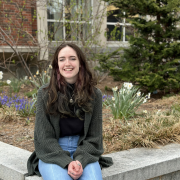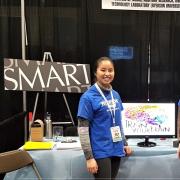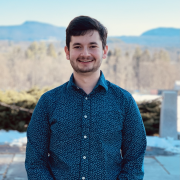Applying for a research grant takes gumption, creativity, and persistence, but the rewards are many. You'll learn how to design a project, reach out to potential partners, and situate your research within scholarship in your field. Your research project may emerge from your senior thesis (planned or accomplished) or an independent capstone project. It may even be something you haven't explored before at all. However, you'll be most competitive proposing a project that draws on the knowledge you've gained and research methods you've acquired in your major discipline. You'll need to think not only about what you'd like to research, but where abroad you want to do it. You can get at this in two ways - start with a project idea and look for a country to do it in, or start with a country and look for researchers in your field who are doing interesting things there.
Either way, the first step is to explore! Explore your project idea with faculty in your field. You'll need the advice of a faculty member who knows about scholarship in your field. Start the conversation in the spring before you apply.
Explore the Fulbright award search database to identify countries that offer grants for independent research to those with a BA. Some countries only offer graduate degrees, not independent research. Read the country pages carefully to make sure you and your project are eligible.
Explore research and faculty profile pages at universities in some potential countries. You'll need an ally in your work (known as an affiliate) to win the grant. More on this under affiliations below.
Explore information that may factor into your country choice on the State Department website.
Explore your ideas with the the Office of Fellowships staff - for this grant, with Christine Overstreet. We want to meet with you to discuss your options and ideas. Request an appointment here so we can get the ball rolling.
Once you've started exploring, you're ready for Step 2!







